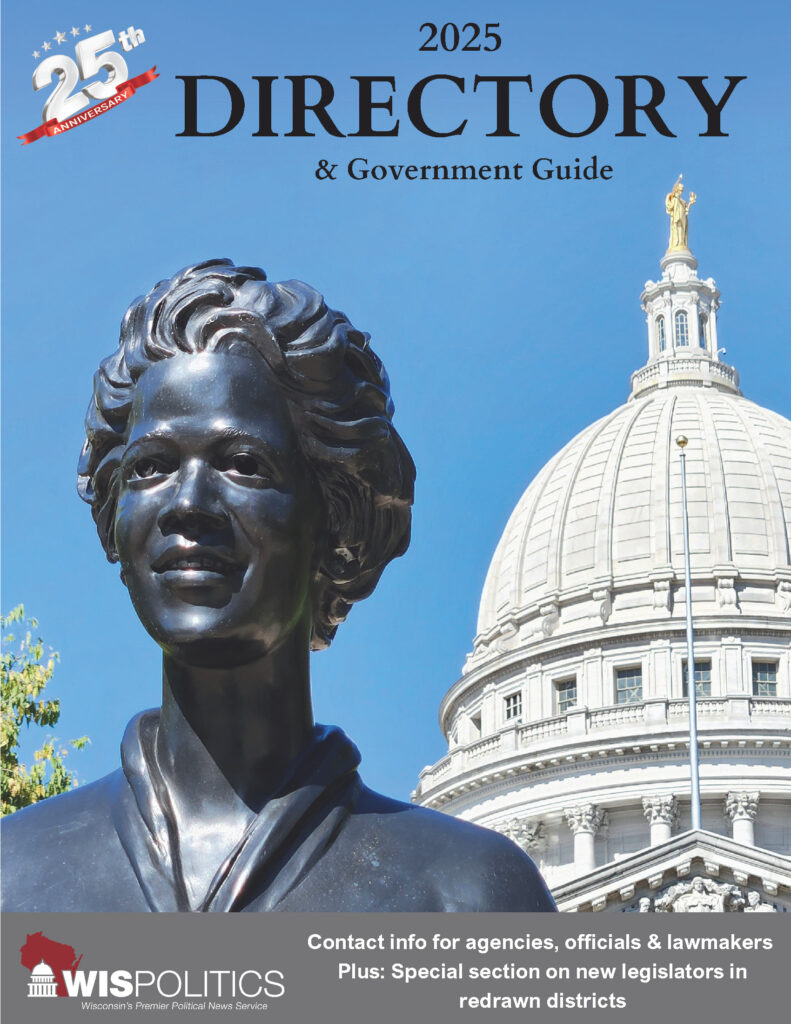MADISON, Wis. – The Wisconsin Department of Natural Resources (DNR) today announced preliminary results for the 2025 bear season. This fall, bear hunters harvested 3,724 bears during the 35-day season, placing this season on par with the five-year average of about 3,800 bears annually.
This year's harvest was slightly below the overall harvest target of 4,07...
Please log in to access subscriber content.
If you don't have a subscription, please contact schmies@wispolitics.com for subscription options on the WisPolitics-State Affairs platform, which is the new home for WisPolitics subscriber products.


